Internal grinding
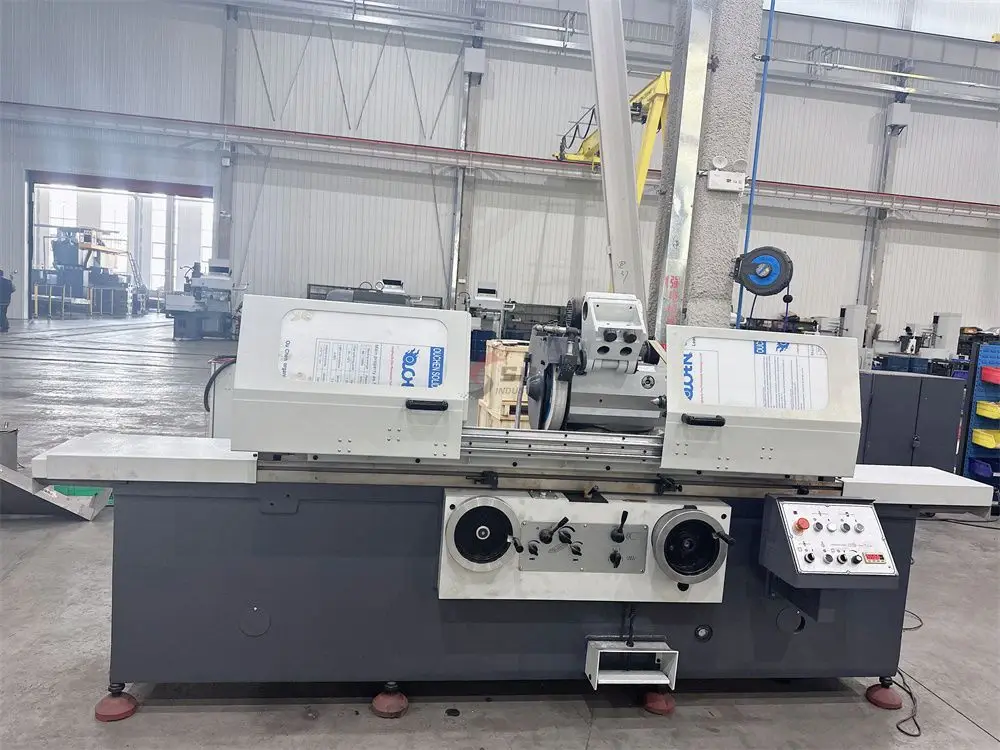
Our precision internal grinding services deliver IT5-grade accuracy (±0.001mm) and Ra 0.2μm surface finish for critical components in aerospace, automotive, and medical industries. Contact us now for customized machining solutions and receive a detailed quote within 24 hours.
What is Internal Grinding ?
Internal Grinding is a composite process that simultaneously covers the finishing of both internal bores (inner circles) and outer cylindrical surfaces. By integrating specialized grinding wheels with high-precision control systems, it enables simultaneous dimensional control of both internal and external features on shafts, sleeves, mating surfaces, and similar components. This technology finds extensive application in industries such as hydraulic components, transmission systems, precision instruments, and energy equipment.
Materials suitable for internal grinding
Our internal grinding services meet the precision machining demands of over 80 types of metallic and non-metallic materials, encompassing diverse substances such as high-hardness alloys, brittle ceramics, lightweight non-ferrous metals, and engineering plastics. We tailor optimal material solutions and machining processes based on your part’s functional requirements (e.g., wear resistance, corrosion resistance), operating environment (e.g., high temperature, high pressure, corrosive media), cost control objectives, and surface quality specifications (e.g., surface roughness, roundness accuracy).
Metal material :
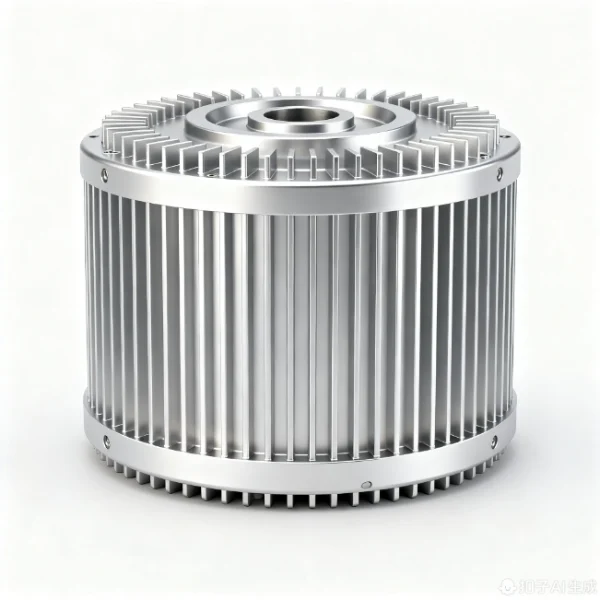
Aluminum
Aluminum is the most commonly used precision-machined component. It has a low density, a hard texture, and a soft material. Thanks to its corrosion resistance, it is widely used in aerospace, bionic bones, and automotive parts manufacturing.
Color : Silver.
Types : Aluminum 6061、7075、2024、5052、6063 and MIC-6.
Surface finish : Polishing, Brushing, Sandblasting, Chrome Plating, Anodizing, Electroplating, Powder Coating, Laser Etching.
Delivery time : 1-5 days.
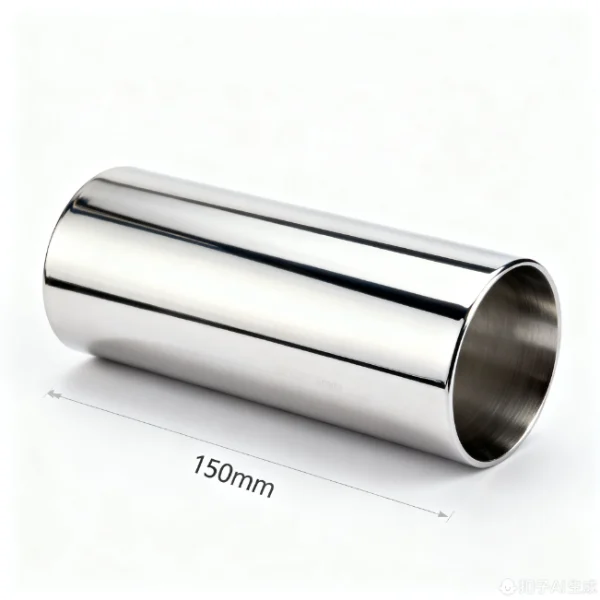
Stainless steel
Stainless steel offers strong corrosion resistance and a smooth, easy-to-clean surface. It is primarily used in kitchen equipment components, medical devices, building materials and construction, as well as automotive parts.
Color : Silver.
Types : Stainless steel 304/316/201/202/430/444/410/420/440c/2205/2507/17-4ph/17-7ph.
Surface finish : Polishing, Brushing, Sandblasting, Electroplating, Spraying, PVD (Physical Vapor Deposition), Passivation, Pickling, Coloring.
Delivery time : 2-5 days.
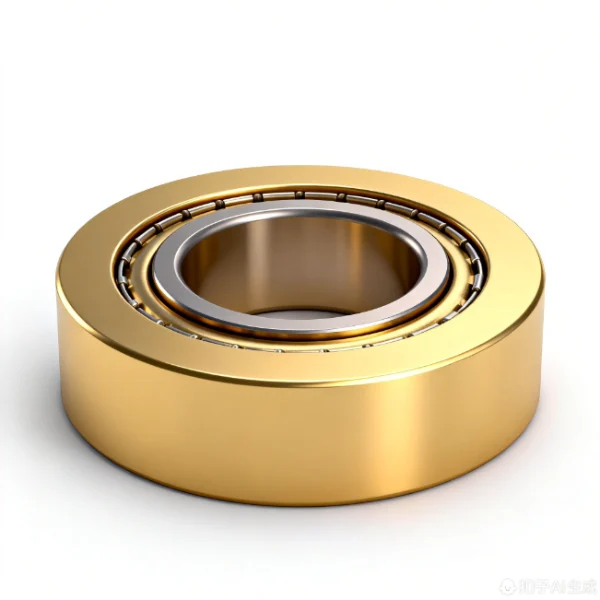
Copper
Possesses electrical conductivity, tensile ductility, and antimicrobial properties, primarily used for processing into crafts, decorative items, and medical equipment.
Color :Orange,yellow.
Types : copper H59/H62/Hpb59-1/C36000/HAI77-2/HSN62-1/HPb/HMn/HAl/HSn/HNi.
Surface finish : Passivation, Electroplating, Chemical Plating, Shot Peening, Sandblasting, Chemical Film Treatment, Polishing, Bright Cleaning.
Delivery time : 1-5 days.
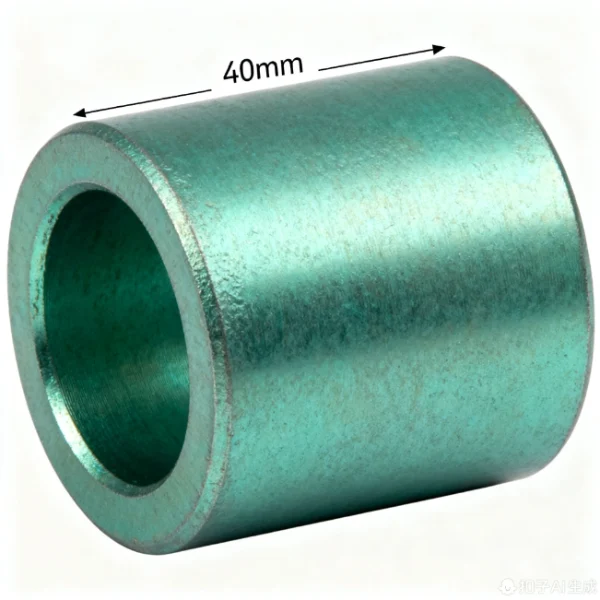
Bronze
Bronze is an alloy of copper and tin (possibly including lead, zinc, and phosphorus),low melting point (800-900°C) and excellent fluidity, along with corrosion resistance. Low-tin bronze exhibits a golden yellow hue, while high-tin bronze appears grayish-white or silver-gray. It is primarily used in mechanical manufacturing for sculptures, bearings, gears, valves, as well as in marine engineering components such as propellers, as well as marine engineering components like hull fittings and water pumps.
Color : gold/brown.
Types : Tin bronze, aluminum bronze, beryllium bronze, silicon bronze, manganese bronze.
Surface finish : Sandblasting, polishing, knurling, grinding, passivation, chemical film coating, impregnation coloring, brush/spray coloring, electroplating, anodizing, powder coating, brushing.
Delivery time : 1-5 days.
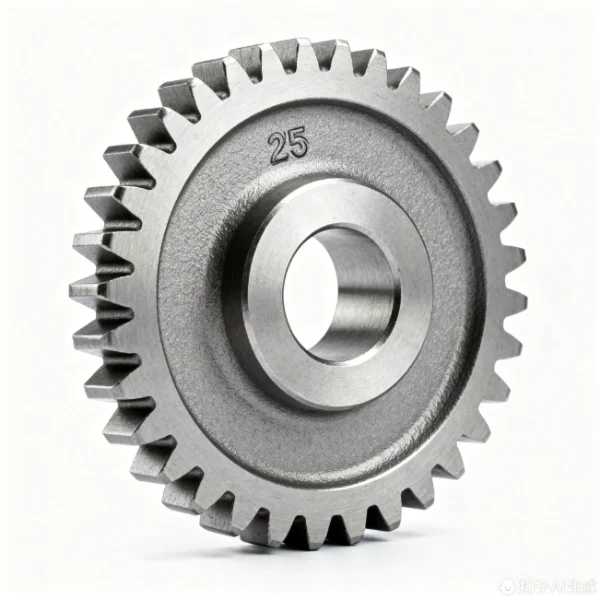
Steel
Iron alloyed with carbon (typically 0.1%-1.7%) and other alloying elements (such as chromium, nickel, manganese, etc.). By adjusting composition and heat treatment processes, diverse properties can be achieved, including high strength, high toughness, wear resistance, and corrosion resistance. It is suitable for producing components such as bolts, shafts, gears, drill bits, milling cutters, and turning tools, and is also frequently used in manufacturing engine valves and turbine blades.
Color : Silver .
Types : Steel S20C,S45C,S50C,SK85,SK95,40Cr,4140,4130,H13,D2,W1,A2,D2,M2,SKD11,ASP-23,S136.
Surface finish :Sandblasting, Mirror Finish, PVD Coating, Brushed Finish, Spray Coating, Electroplating.
Delivery time : 1-5 days
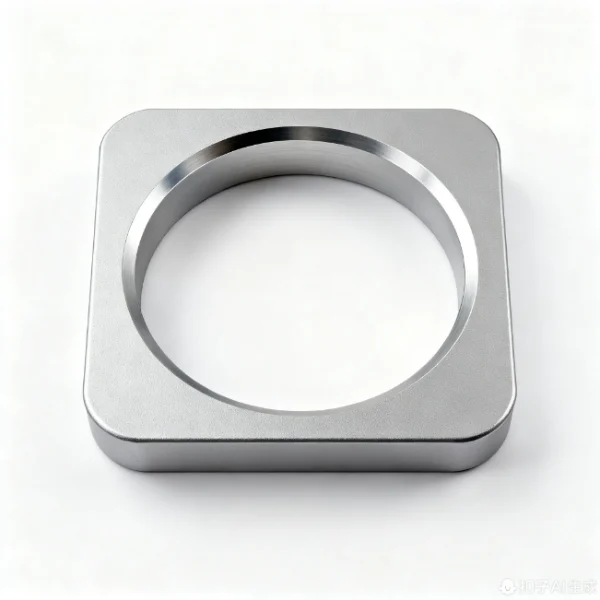
Magnesium
Magnesium has a density approximately two-thirds that of aluminum and one-quarter that of steel. Its low hardness results in minimal cutting force and reduced tool wear. With superior thermal conductivity compared to aluminum, it saves CNC machining time and material. Its strength-to-weight ratio outperforms both aluminum alloys and steel, while its damping capacity is 1.5 times that of aluminum, effectively absorbing vibrations and noise. These properties make it an ideal material for aerospace, automotive, and electronics industries.
Color : Silver.
Types : Magnesium alloy AZ91D/AM60B/AM50A/AS41B/ZK60/MB8/AZ31/WE43/ZE41/LA141/LZ91.
Surface finish : Chemical conversion coating, anodizing, nickel plating, electroplating, composite coating, spray painting, powder coating, electrophoretic coating.
Delivery time : 1-5 days.
Plastic material :
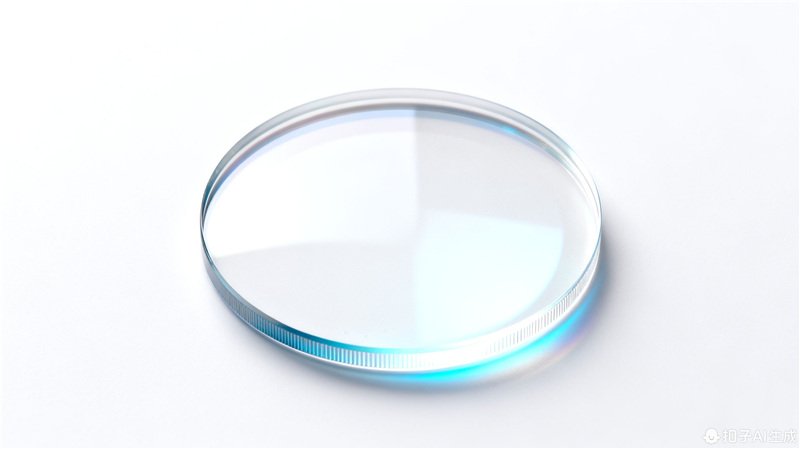
PC
High-performance thermoplastic with high toughness (low-temp resilient) and rigidity, ideal for CNC precision machining (cutting, drilling). Lighter than acrylic, it offers strong creep resistance and high-frequency insulation, suited for stress-resistant, insulated components. Eco-friendly via recycling by melting, used in electronics casings, spectrometer mounts, heat sinks.
Color : white or black.
Types : General Machinable/Flame Retardant/Reinforced/Blended PC.
Surface finish : Polishing, Hardening, Spraying, Laser Engraving, Electroplating, Hot Stamping.
Delivery time : 1-5 days.
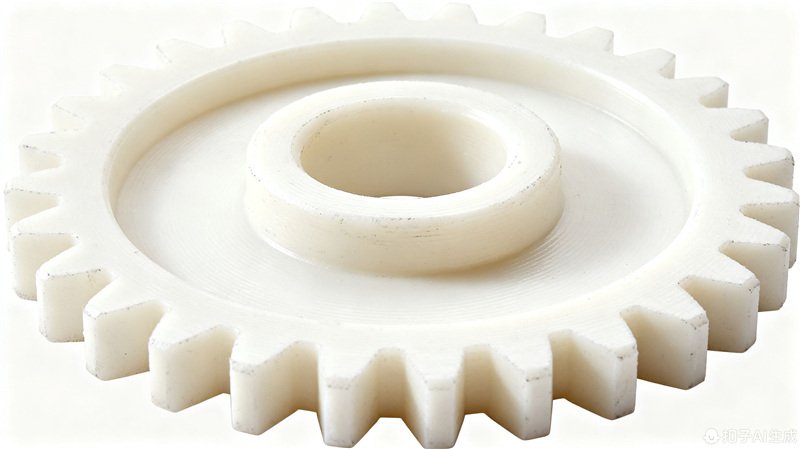
POM
High tensile strength and low friction coefficient, excellent dimensional stability, easy machinability, can replace metal as raw material for wear-resistant components such as gears and bearings, widely used in automotive industry, industrial machinery,medical tools, etc.
Color : white,black,blue,yellow,etc.
Types : POM-H, POM-C.
Surface finish : Polishing, sandblasting, chemical polishing, laser polishing, anodizing/painting.
Delivery time : 1-5 days.
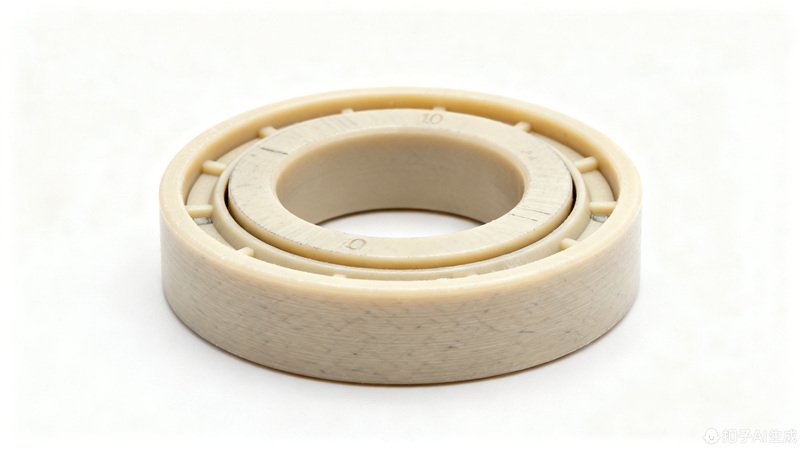
PA
PA (Polyamide, Nylon) exhibits tensile strength ranging from 62 to 85 MPa, low friction coefficient, and excellent heat resistance. Primarily used in high-load structural components such as gears and bearings, it facilitates the manufacturing of automotive parts, consumer electronics, and industrial machinery components.
Color : Colored.
Types : PA6, PA66, PA6T, PA9T.
Surface finish :Mechanical grinding, acid/alkali etching, hydrolysis technology, coating.
Delivery time : 1-5 days.
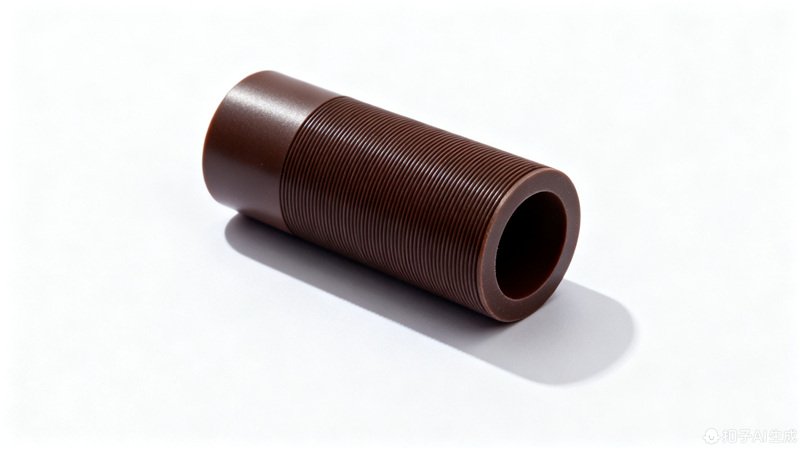
PEEK
PEEK (Polyetheretherketone) is a semi-crystalline specialty engineering plastic characterized by high strength, high melting point, and low friction coefficient. It offers excellent chemical resistance and is suitable for aerospace structural components, high-temperature parts, and medical devices such as endoscopes and handles.
Color : Beige,black.
Types : CF-PEEK, GF-PEEK, PEEK with carbon black/ceramic/PTFE/graphite fillers.
Surface finish :Sandblasting, polishing, metal coating, polymer coating.
Delivery time : 1-5 days.
Surface finishes for internal grinding
First, internal – external grinding processes achieve extremely precise dimensions and shapes for components. Subsequently, surface finish technologies enhance their wear resistance and corrosion resistance, ultimately achieving a combination of high precision and high performance.
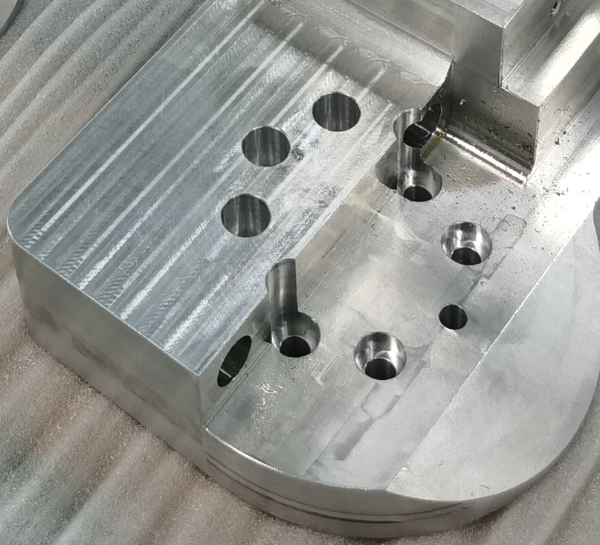
Machined finish
The prototype processed by the machine tool retains traces of tool machining.
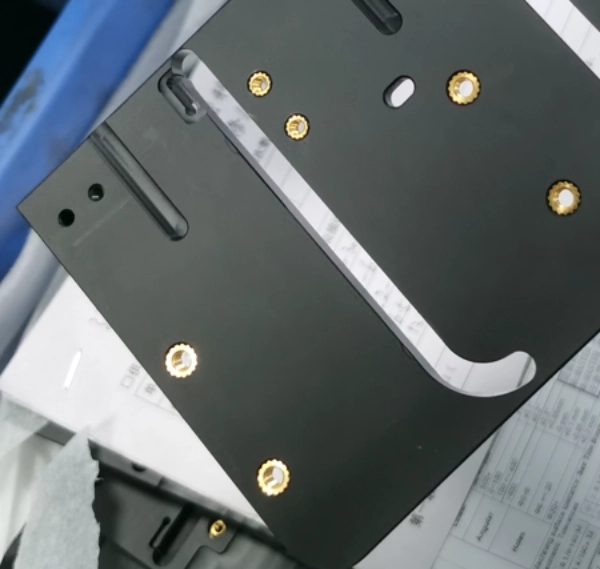
Anodizing
Anodizing enhances the corrosion and wear resistance of metals and enables coloring and coating, suitable for metals such as aluminum, magnesium, and titanium.
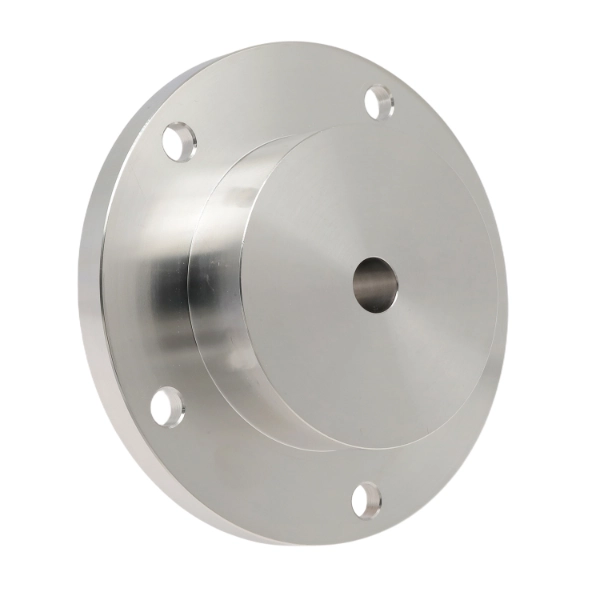
Polish
Polishing enhances surface finish and aesthetic appeal, suitable for materials such as metals, ceramics, plastics, and PMMA.
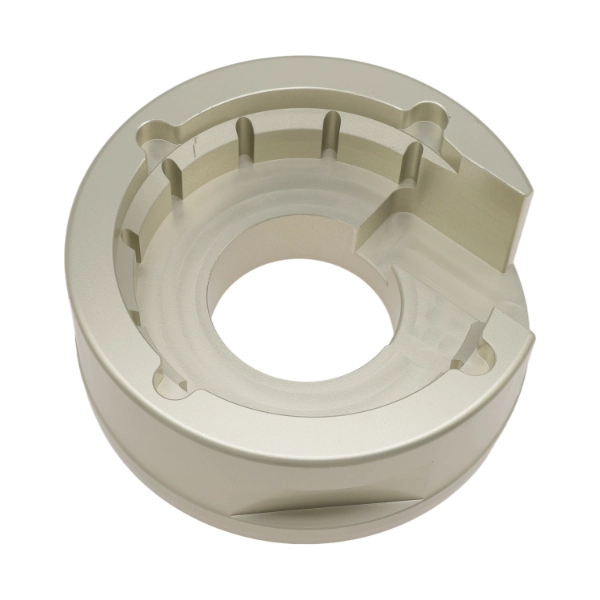
Sand blasting
Sandblasting involves propelling abrasive material at high pressure or mechanically onto a workpiece to achieve a clean, roughened, and matte finish.
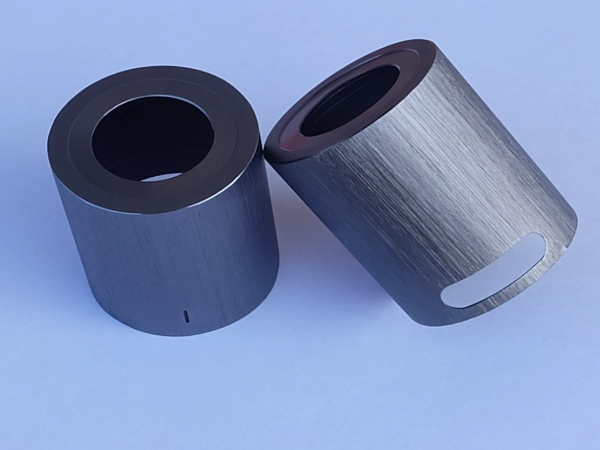
Brushed finish
Brushed finish creates a textured pattern on metal surfaces, enhancing aesthetic appeal. Suitable for aluminum, copper, stainless steel, and other materials.
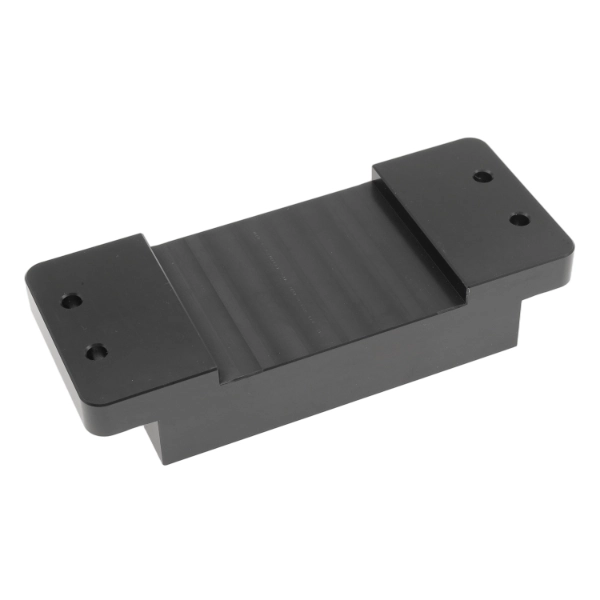
Powder coating
Powder coating is applied to the workpiece surface via electrostatic adhesion, then cured at high temperatures to form a dense coating, enhancing the corrosion resistance of metal and plastic surfaces.
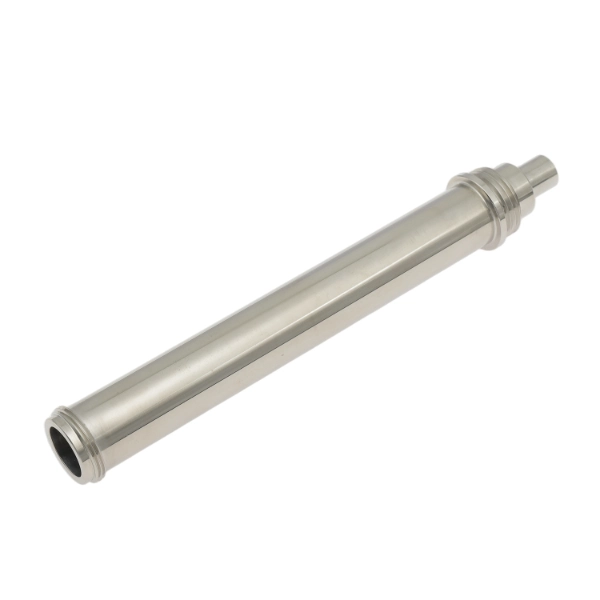
Electroplating finish
Metal plating is deposited onto material surfaces through electrolytic processes to enhance corrosion resistance and wear resistance. This technique is suitable for metals and certain plastics.
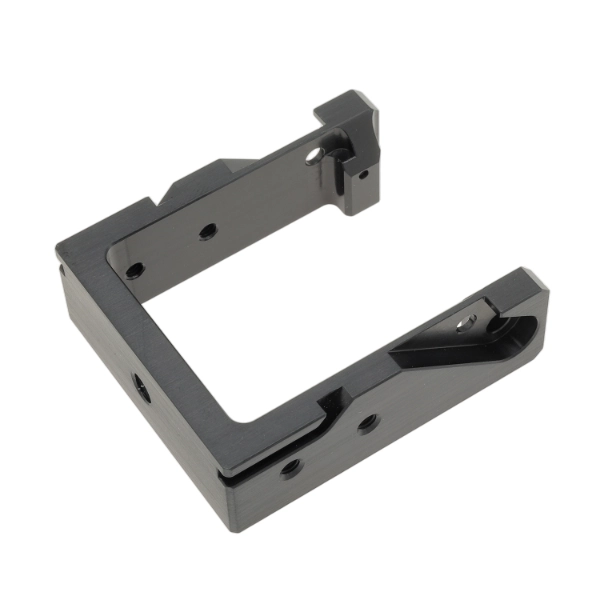
Black oxidize
A black oxide coating is formed on metal surfaces through chemical oxidation, offering low cost, a simple process, and reduced light reflection.

Electropolish
Removes microscopic protrusions from metal surfaces through electrochemical anodic dissolution, creating a smooth, dense surface free of residual stress and highly corrosion-resistant. Capable of processing complex metals and conductive materials.
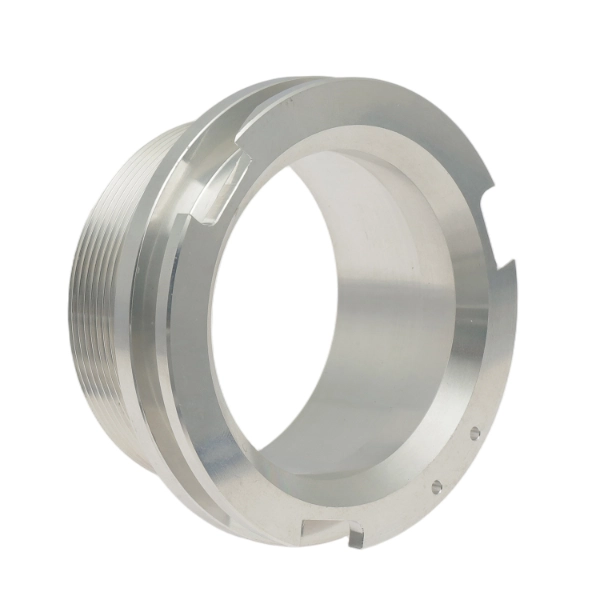
Alodine
Forms a protective coating on surfaces through chemical conversion, enhancing corrosion resistance and adhesion. Environmentally friendly with excellent conductivity, suitable for aluminum and magnesium alloys.
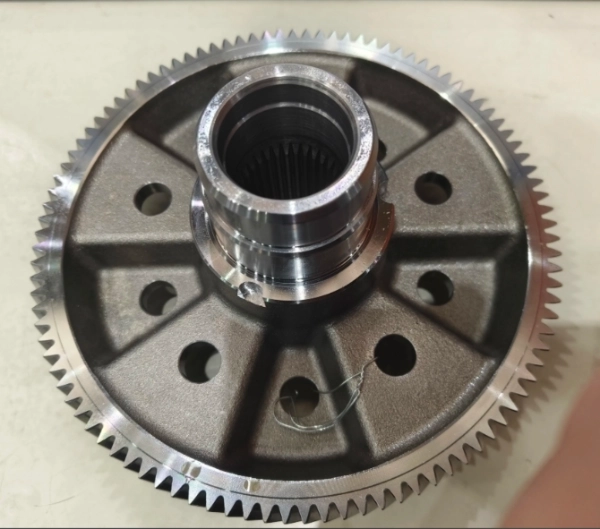
Heat treatment
By altering the internal microstructure of metallic materials through heating, this process enhances hardness, strength, toughness, and wear resistance. It is suitable for metals such as steel, aluminum alloys, copper alloys, and titanium alloys.
Internal Grinding Capabilities
| Precision Grade | Conform to GB/T 1800.1-2009 standard, including precision grade (IT5-IT7), medium precision grade (IT8-IT10), and rough grade (IT11-IT13). |
|---|---|
| Roundness | ≤0.001mm (precision grade), ≤0.005mm (medium precision grade) |
| Cylindricity | ≤0.002mm/m (precision grade) |
| Surface Roughness | Ra 0.025μm (mirror grinding) ~ Ra 3.2μm (rough grinding) |
| Maximum Machining Diameter | ≤500mm (external) / ≤300mm (internal) |
| Maximum Machining Length | ≤2000mm |
| Minimum Machining Diameter | ≥0.5mm (external) / ≥2mm (internal) |
| Average Delivery Cycle | 5-7 days for precision parts, 3-5 days for regular parts |
| Process Capability Index | CPK≥1.33 (key dimensions) |
Guide to Internal Grinding
Grinding Wheel Selection Recommendations
| Workpiece Material | Recommended Abrasive | Characteristics |
|---|---|---|
| Carbon steel, alloy steel | White corundum | High hardness, low heat generation, suitable for precision grinding |
| Stainless steel/titanium alloy | Cubic boron nitride | Good thermal stability, wear resistance is 100 times that of corundum |
| Aluminum alloy/brass | Green silicon carbide | High sharpness, avoids chip clogging |
| Ceramics/glass | Diamond | Superhard abrasive, suitable for hard and brittle materials |
|
Coarse grinding (Ra 1.6-3.2μm): 24#-60# grit size, soft grade (G-J) grinding wheel Precision grinding (Ra 0.4-0.8μm): 80#-120# grit size, medium grade (K-M) grinding wheel Super-precision grinding (Ra≤0.2μm): 150#-240# grit size, hard grade (N-P) grinding wheel |
||
Processing Parameters for Common Workpiece Materials
| Material | Grinding Wheel Speed (m/s) | Feed Speed (mm/min) | Grinding Depth (mm) | Cooling Method |
|---|---|---|---|---|
| 45# steel | 30 - 35 | 100 - 150 | 0.05 - 0.1 | Emulsion high - pressure spraying |
| 304 stainless steel | 25 - 30 | 80 - 120 | 0.03 - 0.08 | Extreme - pressure cutting fluid + internal cooling |
| 7075 aluminum alloy | 20 - 25 | 150 - 200 | 0.1 - 0.2 | Kerosene spray cooling |
| Non - metallic Material | Grinding Wheel Type | Feed Speed (mm/min) | Surface Roughness Target |
|---|---|---|---|
| POM | Atmospheric pore resin grinding wheel | 60 - 100 | Ra 0.8μm |
| PEEK | CBN grinding wheel | 40 - 60 | Ra 0.4μm |
| GFRP | Carbonized silicon grinding wheel | 80 - 120 | Ra 1.6μm |
Advantage Of Internal Grinding
High Precision Machining
Internal and external grinding achieves dimensional accuracies of ±0.001mm and roundness tolerances ≤0.0005mm, making it ideal for components with strict geometric and dimensional requirements, such as aerospace engine shafts and hydraulic valve cores.Superior Surface Quality
Through precision grinding processes, surface roughness can reach below Ra0.04μm, with ultra-precision grinding achieving mirror-like finishes as fine as Ra0.01μm. This meets demanding standards for optical components, mold cavities, and other high-surface-quality applications.Broad Material Compatibility
The process supports a wide range of materials, including metals (e.g., stainless steel, titanium alloys, hardened steel), non-metals (e.g., ceramics, glass, engineering plastics), and composite materials, covering hard, brittle, and soft properties.High Efficiency
CNC internal and external grinding machines enable continuous, stable machining. Combined with high-speed grinding technologies (e.g., CBN wheels), they significantly boost productivity and shorten cycle times.Process Flexibility
The method integrates rough, semi-finish, finish, and ultra-finish grinding in a single setup. Grinding parameters (e.g., feed rate, wheel speed) can be flexibly adjusted to accommodate varying batch sizes and part complexities.
Application Fields for Internal Grinding
1.Aerospace
Typical Components: Turbine shafts, engine blades, landing gear struts, navigation system precision shafts.
Requirements: Withstands high temperatures, pressures, and rotational speeds, demanding exceptional material strength, wear resistance, and dimensional accuracy.
2.Automotive Manufacturing
Typical Components: Crankshafts, camshafts, transmission gears, hydraulic cylinder blocks, steering system bushings.
Requirements: High-volume production balancing efficiency and surface quality to ensure durability and reliability.
3.Mold and Die Making
Typical Components: Plastic mold cores/cavities, stamping die guide posts/bushings, die-casting mold bores.
Requirements: Demands high precision and low surface roughness to reduce mold wear and enhance product forming quality.
4.Medical Devices
Typical Components: Artificial joints (hip/knee), surgical instruments (drills, mills), implant bores.
Requirements: Must meet biocompatibility, corrosion resistance, and ultra-precision standards to ensure safety and longevity.
